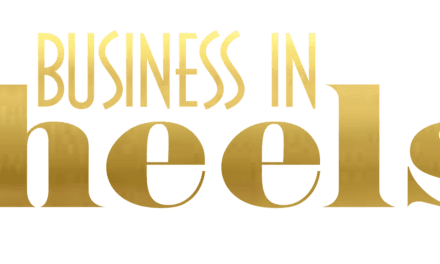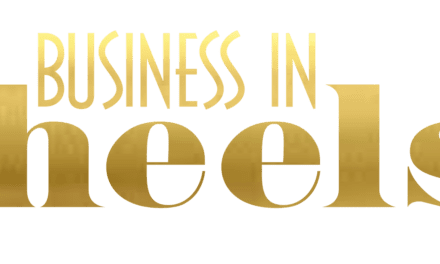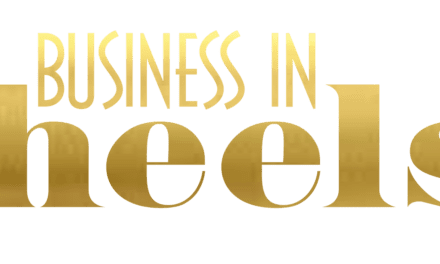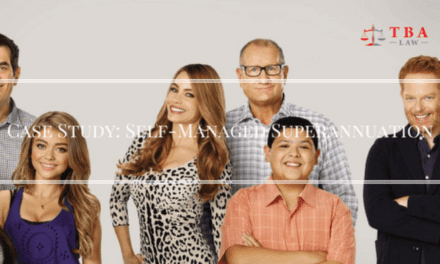New & Inventive
If something is not new or inventive, then it cannot be patented.
An item is not considered new if it has been revealed in public. This could include simply wearing the piece of clothing in a public place (or to a meeting with one other person).
Having a non-disclosure agreement in place can avoid this problem. I explain more about these agreements in my “bulletproof your business” wokshops.
Types of patent
In simple terms, a patent or innovation patent can protect the way something works or some inherent technical feature of the clothing.
A registered design protects the aesthetic features of the clothing.
As an example of “the way something works”, I drafted a specification and patented on behalf of my client a garment designed for people who were disabled and could not stand up. The essence of the invention was a technical one, namely a way of designing the garment so that these could be fitted onto the person without the need to move them.
Fashion items are often more ornamental in nature and are more appropriately covered by registered designs.
Freedom to operate search
The mere fact that you receive a granted patent does not mean that you are allowed to produce the new style of garment.
First, you should do a “freedom to operate” search in the country that you intend to make and/or sell the items.
Unlike with registered trade marks (which is a complete defense to trade mark infringement), having a registered patent provides no such defense.
Your registered patent might well infringe a prior patent. In such a situation, you would usually ask the owner of the other patent whether you could use their invention to enable yours to be produced (for a royalty or license fee, of course).
Protecting the brand name
Registering the brand name as a trade mark is always advised. Generally, the first to file a trade mark has stronger rights to that name/brand.
If someone gets a trade mark application in before you, then (assuming there are no official objections, or that any official objections can be overcome), they will get their trade mark registered.
If your trade mark is the same or similar (for the same or similar goods) any use by you of the trade mark will likely amount to trade mark infringement, unless you have the consent of the prior registered trade mark owner. Be careful when approaching the other side for consent. If you say you have used the mark similar to theirs, this could be used as evidence against you in a trade mark infringement case.
The strength of a brand can be seen in how much people will pay for an iPad versus a generic tablet, where functionality is very similar. iPad attracts exponentially higher prices, due to the brand value. The first step in creating brand value is having the brand registered as a trade mark.
For more information go to www.acacialaw.com or click the relevant link to book into the Legally Bulletproof your business workshops in Brisbane or Melbourne.
Book a free 15 minute telephone consultation with Cathryn by clicking this link to Cathryn's calendar
Cathryn Warburton is the Legal Lioness. Finding the courage to overcome severe bullying as a child instilled in her a passion to protect others. As a skilled litigator, she indulges in her dream to push-back against business-bullies who target her clients. She is an international award-winning lawyer and patent attorney and 4-time published author. Cathryn bullet-proofs her client’s businesses and gets them out of legal hot water. She champions the goal that no business is left without access to affordable, easy-to-understand legal information. She does this through her books, legal workshops and 1-2-1 legal services.
Please note that this blog is provided for general informational purposes only. Each legal situation differs. Reading this blog cannot replace obtaining specific legal advice. We recommend that you obtain legal advice for your specific situation.





